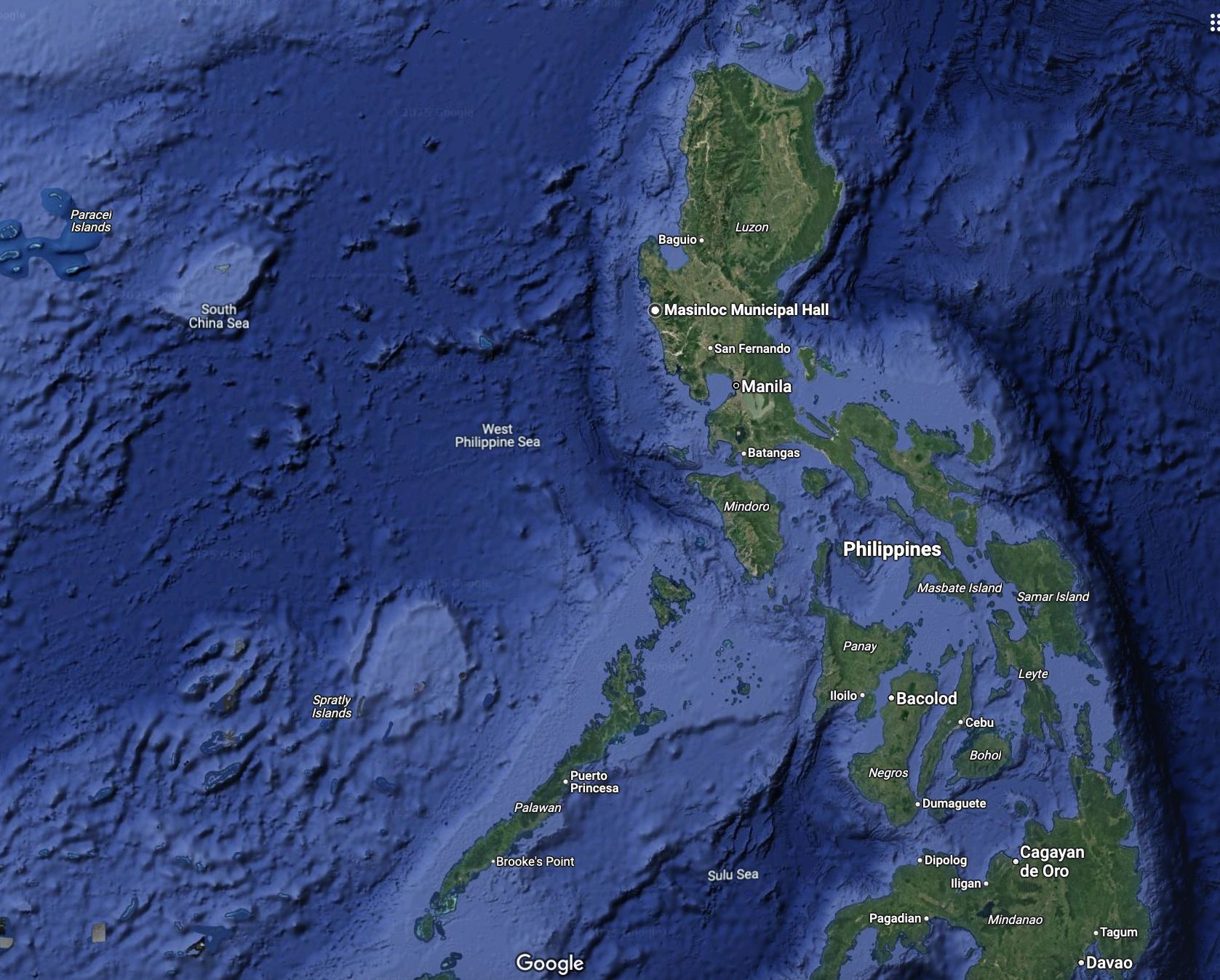
The West Philippine Sea is Now on Google Maps: A Landmark Move for the PhilippinesTable of Contents
Introduction
Background: Understanding the West Philippine Sea
Google Maps’ Role in Geopolitical Identity
The Road to Recognition
Reactions: National Pride and Global Response
Implications of the Update
Challenges and Controversies
The Future of Digital Cartography and Territorial Claims
Conclusion
- Introduction
In a groundbreaking update, Google Maps has officially recognized the “West Philippine Sea” label on its platform, a move that has sparked national pride among Filipinos and drawn international attention. This significant update not only acknowledges the Philippines’ sovereign rights over parts of the South China Sea but also highlights how digital platforms are becoming crucial spaces for asserting national identities and geopolitical narratives. - Background: Understanding the West Philippine Sea
The term “West Philippine Sea” refers to the parts of the South China Sea that fall within the Philippines’ Exclusive Economic Zone (EEZ). This includes areas like the Scarborough Shoal, parts of the Spratly Islands, and the waters off the western coast of the Philippine archipelago.
The Philippine government officially adopted the term in 2012, following increasing tensions over maritime disputes, particularly with China, which claims almost the entirety of the South China Sea under its so-called “nine-dash line.”
The designation of the West Philippine Sea is not merely semantic—it reflects the country’s legal and diplomatic assertion of its maritime rights as upheld by the 2016 arbitral ruling in The Hague, which invalidated China’s expansive claims.
- Google Maps’ Role in Geopolitical Identity
Digital maps today are more than just navigation tools; they are modern battlegrounds of geopolitical recognition. Google Maps, with its global reach, influences how people perceive borders, territories, and disputed areas.
When a platform as influential as Google Maps updates its labels, it contributes to shaping global understanding and public consciousness. The addition of the “West Philippine Sea” label affirms the Philippines’ rightful claim in the eyes of millions of users worldwide.
- The Road to Recognition
The journey to getting the “West Philippine Sea” officially recognized on Google Maps was not instantaneous. It involved years of public advocacy, diplomatic efforts, and persistent requests from Filipino citizens, government officials, and advocacy groups.
Notably:
Filipino netizens had been campaigning on various platforms, requesting Google to reflect the country’s official maritime designations.
Government agencies, including the Department of Foreign Affairs (DFA), emphasized the importance of international recognition of the term.
Media coverage and educational campaigns helped raise awareness, both domestically and internationally.
The update came amid growing regional tensions, making the move by Google not only timely but also deeply symbolic.
- Reactions: National Pride and Global Response
Filipinos across the nation and around the world celebrated the development as a victory for sovereignty and patriotism. Social media platforms were flooded with expressions of pride, gratitude, and encouragement for further assertiveness in defending the country’s maritime rights.
National Leaders:
Philippine officials praised the update, seeing it as an alignment of global platforms with international law.
Global Community:
International observers noted the significance of Google acknowledging the term, as it could influence public understanding of territorial disputes in Southeast Asia.
China’s Response:
As expected, China criticized the move, reiterating its stance on sovereignty over the South China Sea. However, the decision by Google reflects the growing recognition of the arbitral ruling and the legitimacy of the Philippines’ claims.
- Implications of the Update
The recognition of the “West Philippine Sea” on Google Maps carries far-reaching implications:
Educational Impact: Students, researchers, and the general public now see an accurate representation of the Philippines’ maritime domain.
Tourism and Economy: Enhanced visibility may promote tourism in coastal areas and strengthen economic interests in marine resources.
Legal and Diplomatic Weight: This recognition adds a layer of legitimacy to the Philippines’ position in international dialogues and negotiations.
Empowerment: It empowers Filipinos to continue advocating for the protection and sustainable use of their marine resources.
- Challenges and Controversies
While the update is a victory for the Philippines, challenges remain:
Geopolitical Tensions: The South China Sea remains a flashpoint in Asia-Pacific politics. Google’s update, while symbolic, does not resolve ongoing disputes.
Digital Diplomacy: As tech platforms become arbiters of territorial recognition, they face increasing pressure to balance accuracy, neutrality, and political sensitivities.
Changing Labels: Google Maps often adjusts labels based on region-specific settings, meaning that what appears on the map in the Philippines might not always be visible in other countries.
- The Future of Digital Cartography and Territorial Claims
This development underscores the evolving role of digital cartography in shaping geopolitical discourse. Tech giants like Google, Apple, and others are becoming inadvertent participants in territorial disputes worldwide. How they choose to represent contested spaces can influence international perspectives and even diplomatic relations.
The Philippines’ success story with the West Philippine Sea label might inspire other nations to seek similar recognition for their territorial claims, raising critical questions about the role of private companies in international affairs.
- Conclusion
The appearance of the “West Philippine Sea” on Google Maps is more than a simple cartographic update—it is a monumental affirmation of Filipino sovereignty, a triumph of digital diplomacy, and a testament to the power of collective national advocacy.
As the Philippines continues to uphold its rights over its maritime domain, this development serves as a powerful reminder that the fight for sovereignty extends beyond courtrooms and diplomatic halls—it lives in classrooms, social media platforms, and even in the everyday maps we use to navigate the world.
The journey is far from over, but with each step—on land or at sea, in courtrooms or on digital maps—the Philippines moves closer to securing its rightful place on the global stage.
“Get the freshest updates on the West Philippine Sea, only at AGILACLUB!”




